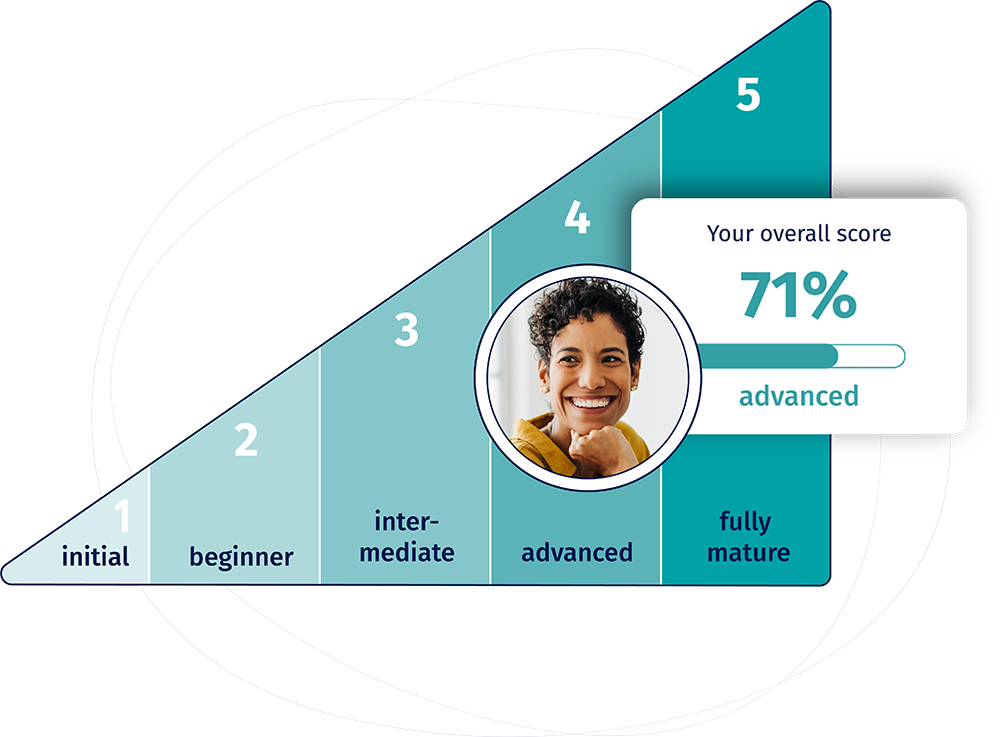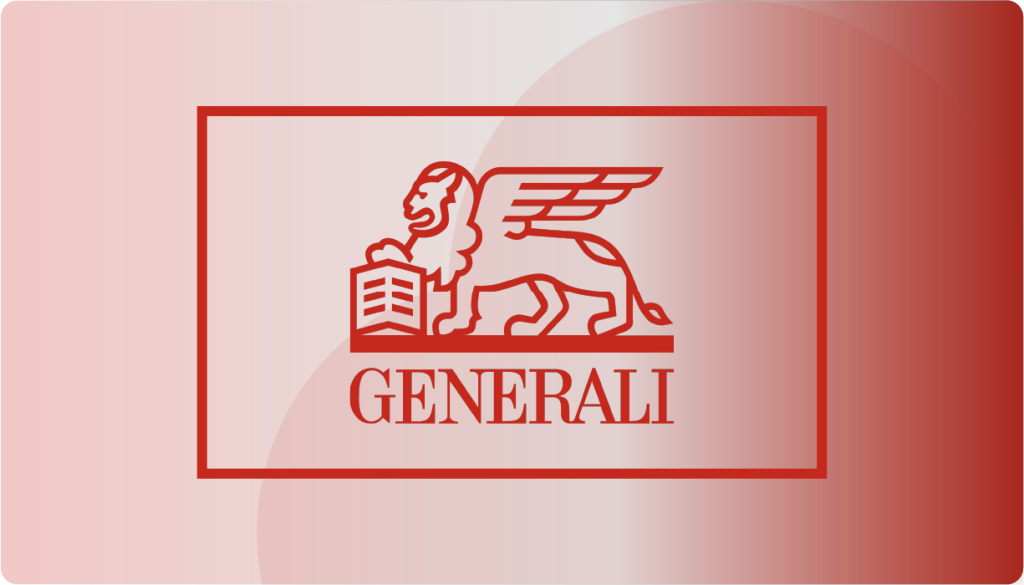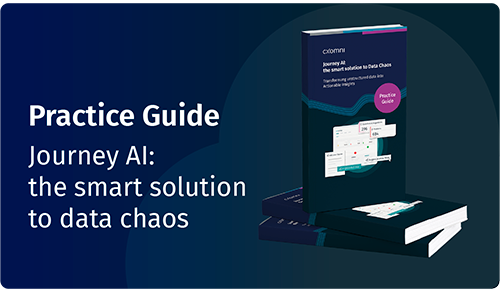What does CX have to do with data management? Quite simply, KPIs such as CSAT or NPS and reports are powerful arguments when it comes to the business impact of a CX strategy. They provide data-based and transparent evidence of CX performance from the customer’s point of view. In addition, customer experience is a topic that is increasingly being addressed by top management (CXO). Customer Experience Management is thus becoming a strategy that should deliver added value and measurable results. For CX managers, reporting and monitoring of performance figures such as customer feedback are thus becoming increasingly important.
CX monitoring and reporting means working with data, understanding and interpreting it. This can be illustrated very well using feedback data as an example. This includes, among other things:
- CX scores such as NPS and CSAT
- Results of touchpoint or community surveys
- Open customer feedback
- Social listening feedbacks
- Insights and tasks from the customer dialog
Of course, feedback management is nothing new for CX managers. They already curate information, evaluate it, and make the results available to touchpoint managers. However, this is often still done manually and results are only presented as excerpts in PowerPoint reports. But as the need for reporting and monitoring grows, so do the requirements. In addition, the number of channels and the quantity of data increases as a company becomes more digital. And so ever greater volumes of information have to be aggregated, standardized and the results brought to the point.
This is how you offer strategic added value and provide valuable insights
Therefore, create a uniform data basis before you start reporting or monitoring. Journey logic is a good framework for structuring feedback data. It guarantees that all information is automatically assigned to the right touchpoints and stakeholders. Based on this, there are various approaches to measuring and documenting the results of your work, depending on your requirements:
- Monitoring touchpoint performance from the customer’s perspective: This approach provides insights for the company’s customer-centricity strategy. Internal stakeholders and process owners understand what customers expect and can then adapt their touchpoints accordingly.
- Pains & Gains reports: This is where CX KPIs such as NPS or CSAT come into play. They give management an up-to-date overview of the status quo of customer satisfaction at all times. In turn, these reports serve as a guide for department heads as to which touchpoints are critical or generate enthusiasm among customers and how customers experience the brand.
- Actionable insights and business impact: Since customer feedback provides important information on process-related weaknesses in customer journeys, CX teams can process these insights as reports and thus provide management or process managers with recommendations for action to improve customer experiences.
It is important to keep in mind: Management and stakeholders should only receive reports and results that they need for their area of responsibility. This ensures transparency and increases the probability that analyses are actually used and improvement measures are implemented.
How to get relevant information
Before you start collecting data, you should identify the relevant touchpoints. These can be contact points with particularly high interaction, i.e. where a lot of feedback data is aggregated. Or those with high churn rates, where there is an urgent need for improvement.
For the subsequent results to be meaningful, you need to query the right information. CX teams can influence this during survey design: for example, questions should always have a touchpoint reference so that subsequent findings can be clearly attributed. Additionally, it is important to allow open-ended comments. Then, in addition to the NPS or CSAT scores, you will also receive customer statements for detailed insights into gains and losses. Moreover, customer statements help you understand the context of a CX score, as they allow you to draw conclusions as to why it is positive or negative.
Also take time to design journey dashboards. Should only CX scores be shared? Who in the company needs what depth of insights? Which stakeholders use which KPIs for which time period?
This way, the journey dashboard becomes your monitoring and reporting system in case issues arise at a touchpoint and you need to fix them. Corresponding dashlets with NPS or CSAT values show you, for example, the development of your CX performance, or you can share insights and recommendations for action with all stakeholders using feedback feeds.
With the right software, cx teams meet all reporting and monitoring requirements
A CXM solution like cxomni is therefore easy to use. That means users don’t need deep programming, analyst or data management skills. And because each touchpoint is defined as a data point, the correct mapping of CX data is automated and according to the journey logic.
Using CXM software also makes sense because companies are operating with more and more data. Customer feedback in particular is, at first glance, an unsorted collection of textual information. AI technologies such as text or sentiment analysis support normalizing, clustering and evaluating this mass of information. For example, text feedback is sorted by quality, tonality, and content topics, processed, and can be displayed directly in the dashboard alongside CX KPIs.
This means that all important parameters and results are available at a glance at any time. CX teams thus build a knowledge base for the company, on the basis of which specialist managers can make decisions or management can decide on budgets so that the customer experience is continuously developed.







